Last Updated on June 6, 2024
There’s a popular theory that the 1982 Tobe Hooper and Steven Spielberg collaboration Poltergeist was cursed, but if there was a curse in play it didn’t extend to the box office. Poltergeist was a major hit for MGM, and to this day is considered one of the best horror films of the ‘80s. A sequel followed four years later, and the strange events surrounding the production added to the curse theory – but again, the film was financially successful, so MGM wanted more. Sadly, Poltergeist III (watch it HERE) was struck by such a major tragedy that the film was barely even finished, and when it reached theatres in a compromised form in 1988 there weren’t many movie-goers who were interested in seeing it. The tragedy, combined with low box office numbers, caused the film franchise to go dormant for nearly thirty years – so let’s dig into What the F*ck Happened to This Horror Movie.
The first Poltergeist didn’t really leave the door open for a sequel. It told the story of the Freeling family – which consisted of Craig T. Nelson and JoBeth Williams as parents Steve and Diane, Dominique Dunne as their teenage daughter Dana, Oliver Robins as middle child Robbie, and Heather O’Rourke as little Carol Anne – dealing with some intense paranormal activity in their home, and gave a perfectly simple explanation for why this was happening to them. The housing development they lived in had been built on top of an old cemetery; the company that built the houses had moved the headstones to a different location, but left all the corpses in the ground, and the spirits of the people buried there were not happy to have a bunch of identical homes built on top of their graves. The despicable cost-cutting measures were revealed, the Freeling home vanished, and the family left the housing development, presumably to live happily ever after. But then Poltergeist II: The Other Side came along and told us that the Freelings were still in trouble, because their home hadn’t just been built on a cemetery, there had also been a cave beneath the cemetery – and directly under their home – where a doomsday cult led by Reverend Henry Kane had perished in the 1800s. Trapped in limbo just like they were trapped in that cave, Kane and his followers were drawn to the life force of Carol Anne. When Poltergeist II was released in 1986, there was already some indication that the general audience wasn’t that enthusiastic about the idea of Poltergeist becoming a franchise. The sequel was made on a budget of 19 million dollars, nearly twice the first film’s budget of 10.7 million, but only earned around half of what the first film made at the box office. The first Poltergeist made over 77 million domestic, while Poltergeist II made just under 41 million.
Still, the sequel did well enough that MGM announced their intention to make a Poltergeist III soon after the second film reached theatres. Poltergeist II writers and producers Mark Victor and Michael Grais, who had also written the first movie with Spielberg, opted not to return for part 3, so MGM needed to find someone else to develop the new sequel from the ground up. They turned to director Gary Sherman, who had earned some positive attention in the early ‘80s for his killer pimp thriller Vice Squad and at the time was working on the Rutger Hauer action flick Wanted: Dead or Alive. Sherman had previously been in the running to direct Poltergeist II, before commercial and music video director Brian Gibson was hired, but hadn’t been very interested in taking the job. MGM wasn’t able to make a deal with Sherman for part 2, but they had better luck when they offered him the chance to write, direct, and produce Poltergeist III, even though he still didn’t really want to make a Poltergeist movie. The decision mainly came down to the fact that Alan Ladd Jr. and Jay Kanter had recently taken control of MGM, and they had produced Sherman’s feature directorial debut, the 1972 “cannibals in the London Underground” horror film Death Line, a.k.a. Raw Meat. Sherman took the POLTERGEIST gig because of his history with Ladd and Kanter..
Since the second film hadn’t done nearly as well as its predecessor, MGM dropped the budget on this one down to 9.5 million, and Sherman seemed to confirm to them that he had been the right choice for the project when he said he didn’t want to do any optical effects in post-production. All of the supernatural occurrences in his Poltergeist would happen live on set, accomplished through old fashioned cinema tricks. This must have been music to the ears of the studio bosses, because Poltergeist II had gone over-budget due to the special effects work. Doing all of the effects on set for Poltergeist III wouldn’t make the production easier for Sherman, but it would save MGM from the risk of the effects budget going out of control in post.
As Sherman sat down to write the script with his Wanted: Dead or Alive co-writer Brian Taggert – a script that would receive an uncredited polish from When a Stranger Calls writer Steve Feke – they were given a couple guidelines to follow. First, the only returning Freeling would be franchise poster child Carol Anne. Nelson and Williams had both expressed a reluctance to come back for more Poltergeist films, Robins was retiring from acting, and Dunne had been murdered soon after the release of the first movie, the biggest tragedy associated with the franchise up to this point. So now O’Rourke would be surrounded by a new cast, with just one exception: Zelda Rubinstein would be reprising the role of clairvoyant paranormal investigator Tangina Barrons. Sequels had been included in Rubinstein’s contract from the beginning, so it would be easy to get her to return. The ghostly villain of the film would once again be Reverend Kane, but the role would have to be recast because the original actor – Julian Beck – had been dying of cancer when he played Kane in part 2, and passed away when that film was in post. Prolific voice actor Corey Burton had been brought in to handle some additional dialogue recording for Beck, and would be doing vocal work for the Kane character again in part 3. MGM also wanted the action to move out of suburbia; they asked Sherman to drop Carol Anne into a totally new environment. Sherman turned to his own childhood for inspiration. He had been born in Chicago and grew up in a high-rise building, so he decided to set Poltergeist III in a high-rise… but not the sort of old, creepy building you might expect. The place he had in mind was a brand new, hi-tech building with apartments on some floors and various businesses on others.
When the story catches up with Carol Anne, she’s staying in this Chicago high-rise with her aunt Patricia – her mom’s sister, a character who was never mentioned in the previous films – Patricia’s new husband Bruce Gardner, who is the manager of the building they live in, and Bruce’s teenage daughter Donna. These characters are played by Nancy Allen, Tom Skerritt, and Lara Flynn Boyle, so you can’t say Sherman dropped the ball when he was tasked with assembling a new cast around O’Rourke and Rubinstein. He even included a nod to Allen’s work in the horror classic Carrie by having Skerritt directly reference the film in one scene – but didn’t have Allen reference Alien back at him. Why is Carol Anne in Chicago? The reason given isn’t that great. She’s there to attend the Seaton School, a place for gifted children with emotional problems. Carol Anne refers to the place as “that creepy school”, and if Steve and Diane knew how things were going there they’d probably bring her back home immediately. The school is run by child psychiatrist Doctor Seaton, who is convinced that Carol Anne and her family have not actually experienced any real paranormal activity. Instead, he blames it all on Carol Anne, believing that she’s capable of inducing mass hypnosis and making people think they’re seeing ghosts. That doesn’t explain the disappearance of the entire Freeling house, but that’s the theory Seaton is going with.
Although Poltergeist II left viewers believing that Reverend Kane had been defeated, that evil spirit is already lurking around in the very first scene of part 3, and we’ll come to find out that he has been drawn back to Carol Anne because the therapy sessions Seaton is putting her through have stirred up her memories of him. This whole movie is Seaton’s fault. Seaton is played by Richard Fire, and someone involved with the production would later tell the webmaster of PoltergeistIII.com that Sherman was not pleased with Fire’s performance. Watching the movie, you can understand why. Fire was really hamming it up. He does succeed at making his character deeply unlikeable, though, which is important since Seaton earns the honor of being the only character in the trilogy to get flat-out murdered.
Nathan Davis was hired to play Kane, with a mask based on a mould of Julian Beck’s face placed over his own. Davis wasn’t given much to do, as if Sherman knew that someone else wearing a Julian Beck mask could never match up to the incredibly creepy performance Beck delivered in Poltergeist II, so he didn’t even bother trying. Instead of building up Kane, he decided to present the method of Kane’s haunting in a different way than we had ever seen before, and the modern high-rise setting plays into this. The spirits in Sherman’s film are reaching out to the living world through mirrors, and there are mirrors everywhere in the high-rise. This results in some mind-bending scenes that play with reflection, pulled off through the use of different kinds of mirrors as well as moments where the actors appear to be standing by mirrors but their reflections are actually mime doubles who are mimicking their movements.
The director would later say that this was the most problematic movie he ever worked on, even before devastating tragedy occurred. The problems started before cameras started rolling. Sherman was hired to make Poltergeist III in the fall of 1986, and there was a chance the Directors Guild would be going on strike after June 30th, 1987. Principal photography had to be finished by then, so Sherman had to move very quickly. The script was written in the final months of ’86, the project moved into the pre-production phase at the start of ’87, and the first day of filming was in mid-April. Sherman has said that there wasn’t a single day of production where there wasn’t some sort of major problem to deal with, whether it be the weather not cooperating, the cast and crew being unnerved by the news that Poltergeist II cast member Will Sampson had died, Rubinstein having to leave for a while because her mom passed away, or the fact that Sherman broke his foot in the middle of it all. By the time publications like Fangoria visited the set, Sherman was directing from a wheelchair, with his throbbing, broken foot propped up on cushions. One of the biggest problems came during the filming of a sequence set in a frozen-over, snow-coated parking garage. A planned explosion went awry, catching six vehicles that were covered in styrofoam “snow” on fire. Three people were injured in the blaze, including two firefighters, and the fire did $250,000 worth of damage to the parking garage.
Sherman was determined to keep his movie on schedule, though. He was going to get this thing wrapped before June 30th, even if he had to call in an exorcist. He ended up pulling it off; the last day of filming was June 25th. As far as staying on schedule goes, it may have been for the best that budgetary issues caused Sherman to scrap 17 pages worth of material from the script before it could be filmed, but losing those chunks of story probably didn’t help the quality of the movie.
When gearing up to make Poltergeist III, Sherman said he was going to be greatly expanding Carol Anne’s role; since O’Rourke had been very young when she made the first two movies, she hadn’t been asked to do a lot more than deliver creepy lines and be scared. This time Sherman wanted to give the child actress more to do, to “stretch her bounds”. That is evident in the film up to a point. O’Rourke was given the chance to banter with her co-stars and did a great job with the material she was given to work with. Unfortunately, halfway through he puts Carol Anne in the same old situation; she gets pulled into the spirit dimension and is held captive there for the rest of the movie, the same thing that happened to her in the first movie. Sherman also said he was going to make up for Tangina being underused in part 2, but really just made her this film’s equivalent to Dick Hallorann in The Shining. From a great distance, she senses that Carol Anne is in trouble, she travels on a mission to help the kid out, but then once she reaches the high-rise she doesn’t fare much better than Hallorann did. Maybe there were better scenes with Carol Anne and Tangina in those pages that couldn’t be filmed.
Losing those pages certainly didn’t help when it came time to cut the film together. Once in the editing room, Sherman struggled to get the film to a length that MGM would find acceptable. His first cut was under 80 minutes, and he had to find ways to pad it out, keeping moments he would have cut out otherwise. He padded it quite well, because the final running time is over 97 minutes. Despite this trouble, it has been said that the director was pleased with the film once the rough cut was ready. MGM, on the other hand, was not. Sherman’s cut was given a PG rating by the MPAA, the same rating the first movie had – but the first movie had been released before the PG-13 rating was introduced. Poltergeist II had earned a PG-13, and MGM felt that Poltergeist III would be more appealing to movie-goers if it was also PG-13. They needed Sherman to toughen his movie up a bit, but not too much. They didn’t want an R. Having Tom Skerritt add the line “Fucking son of a bitch” seemed to do the trick, because Poltergeist III was PG-13 when it was released.
Less easy to fix was the ending, which was seen as cheesy and unsatisfying. Sherman was busy with other obligations in the final months of 1987, working on the short-lived television series Sable with Poltergeist III script polisher Steve Feke, but it was decided that the ending of Poltergeist III would be reshot in February of 1988, just four months before the June 1988 release date. And that’s when tragedy struck. On February 1st, right before the reshoots were scheduled to take place, Heather O’Rourke passed away at just 12 years old.
O’Rourke had been feeling ill before Poltergeist III started filming. She was diagnosed with Crohn’s Disease, an inflammatory bowel disease, and was receiving treatment throughout production. This is evident in the film, because the medication she was taking made her cheeks puffy… and this makes it very difficult to watch Poltergeist III, seeing O’Rourke with her appearance altered by medication that she didn’t actually need, knowing that she was already suffering from the affliction that would take her life. Crohn’s had been a misdiagnosis; O’Rourke did not have a bowel inflammation, she had a bowel obstruction, the result of a birth defect. Although she had started feeling better in ’87 and had even enjoyed a trip to Disney World with her family after Poltergeist III wrapped, she fell ill again on January 31st, 1988. She collapsed and was rushed to the hospital the next day – and even though doctors were able to figure out what was wrong and perform an emergency surgery, it was too late to save her.
Sherman had bonded with O’Rourke during filming; he had wanted to test her acting skills, and was impressed with the result. She had told him that she wanted to be a director herself, and he believed that she would have a great career as a filmmaker ahead of her. Instead of being able to watch her career continue to grow, he had to serve as a pallbearer at her funeral. After O’Rourke passed away, Sherman was ready to shelve Poltergeist III, feeling that there was no merit in releasing a film starring, as he put it, “a dead 12 year old”. The studio disagreed. They had a financial stake in this thing, they needed to get Poltergeist III out into the world. The June release date wasn’t going to change, so the reshoots happened as scheduled in February. Sherman gave his film a new, quick and simple, still not very satisfying ending, with a child actress on set in the Carol Anne wardrobe, her face kept turned away from the camera in an attempt to make it less obvious that it wasn’t O’Rourke. Everyone was so understandably shaken by O’Rourke’s passing that they didn’t even realize they hadn’t brought enough of the cast back to the set to film the new ending. The Donna character’s love interest Scott, played by Kip Wentz, had been involved in the original ending, and was saved from a terrifying fate there. Wentz was not brought back for the reshoot, Scott is not present at the end of the movie, leaving viewers with the lingering question, “What happened to Scott?”
Poltergeist III is a rather mediocre and messy movie, and was probably going to turn out that way no matter what, but the tragic loss of O’Rourke makes it more difficult to get any enjoyment out of sitting through it. Sherman was right, it is tough to watch a movie that stars a little girl who was just months away from dying when she was working on the set. The one element that makes the movie worth watching are those practical special effects. The fact that everything was being performed live on set turns the effects into awe-inspiring magic tricks that are likely to make you wonder “How did they do that?” at least once along the way. It’s a shame that the film around those effects isn’t better… and it’s heartbreaking that Heather O’Rourke wasn’t receiving the treatment she needed at the time.
Poltergeist III was a box office failure, with a domestic haul of only 14 million. While there was a TV show that used the Poltergeist name – but had no other connection to the films – in the ‘90s, MGM wouldn’t make another Poltergeist movie until 2015, when producer Sam Raimi and director Gil Kenan teamed up for a reimagining of the original. Unlike the ‘80s trilogy, there were no notable curse-like events that occurred during the making of that film, which was a financial success but has been mostly forgotten in the years since its release.
Some previous episodes of the series can be seen below, and more can be found on our JoBlo Horror Videos channel!


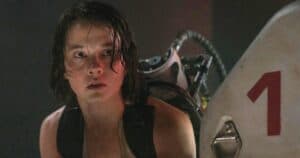


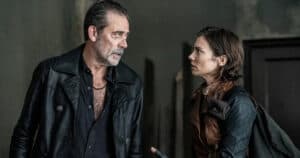
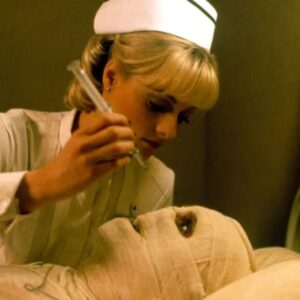
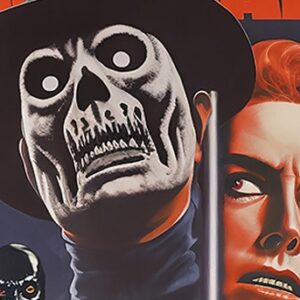
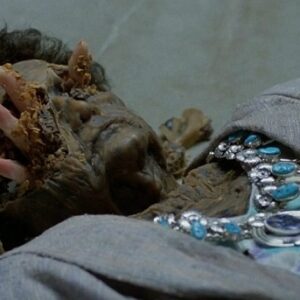

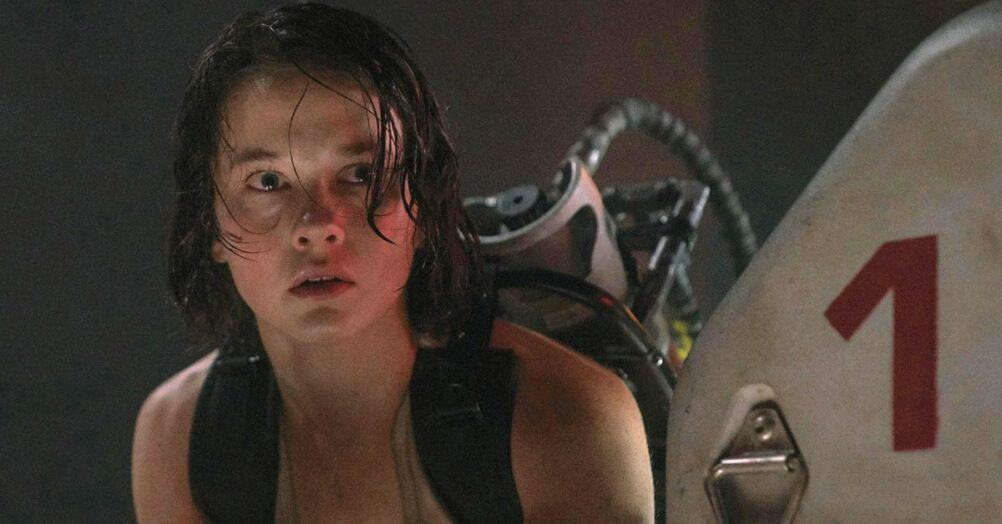


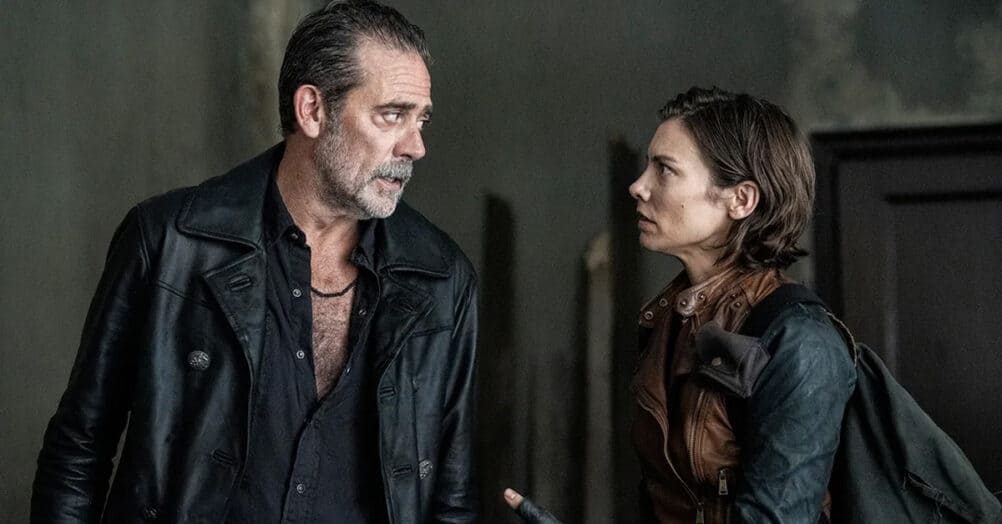
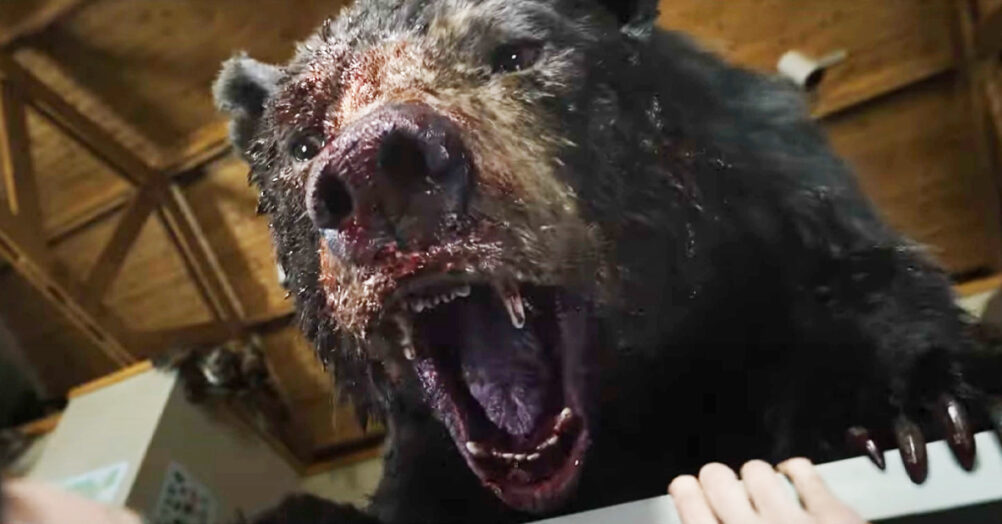

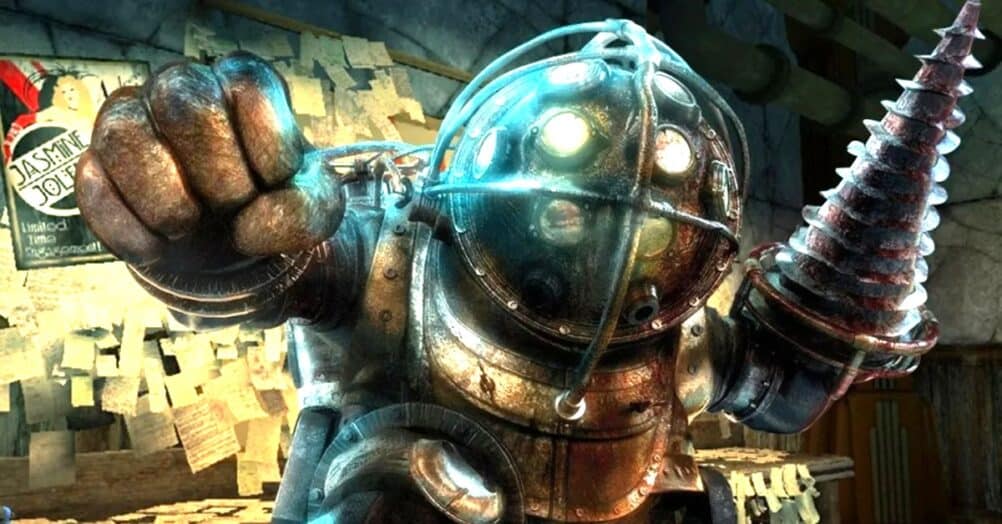
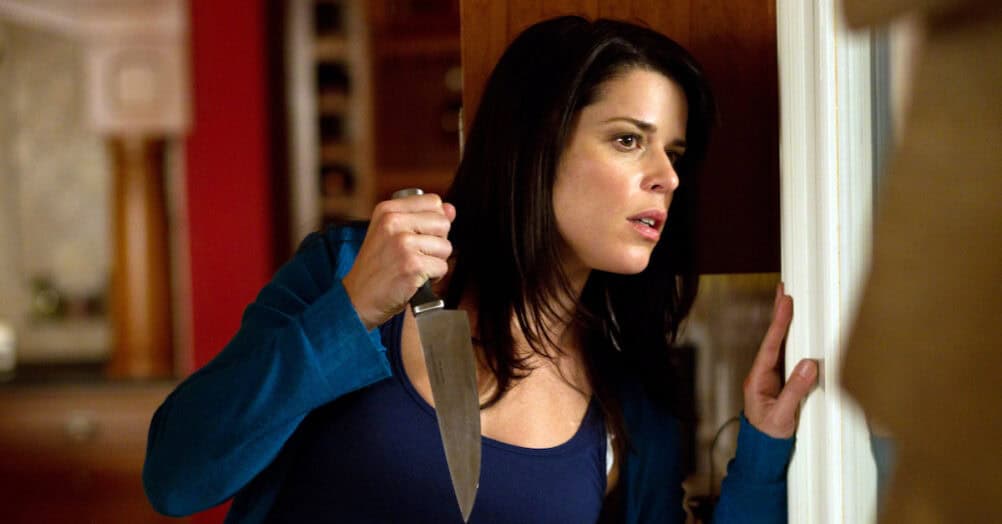


Follow the JOBLO MOVIE NETWORK
Follow us on YOUTUBE
Follow ARROW IN THE HEAD
Follow AITH on YOUTUBE